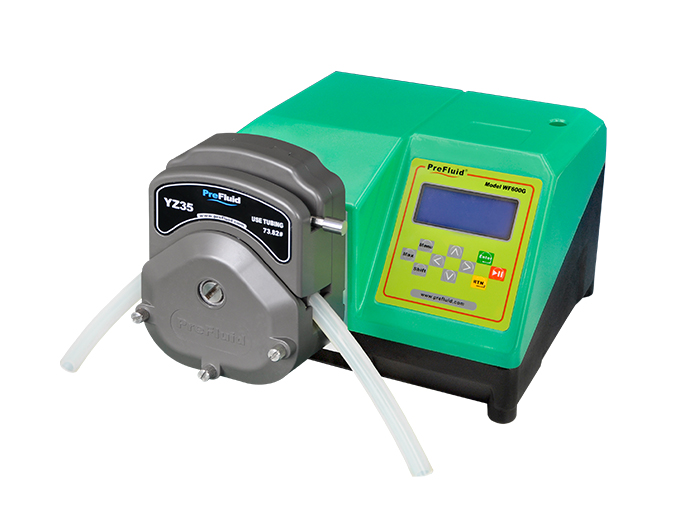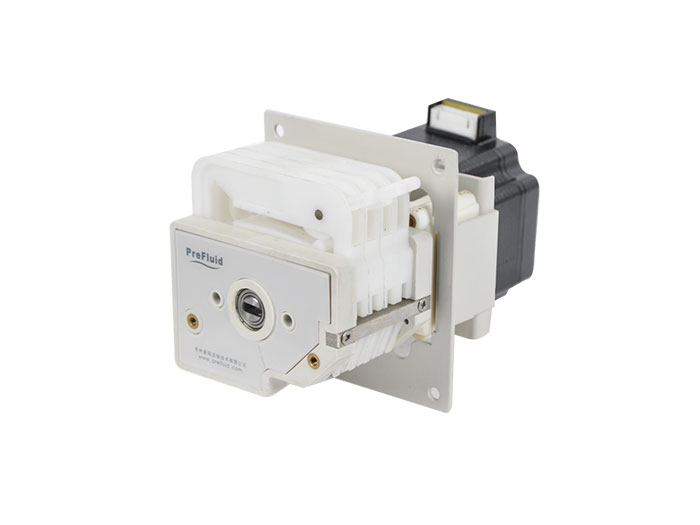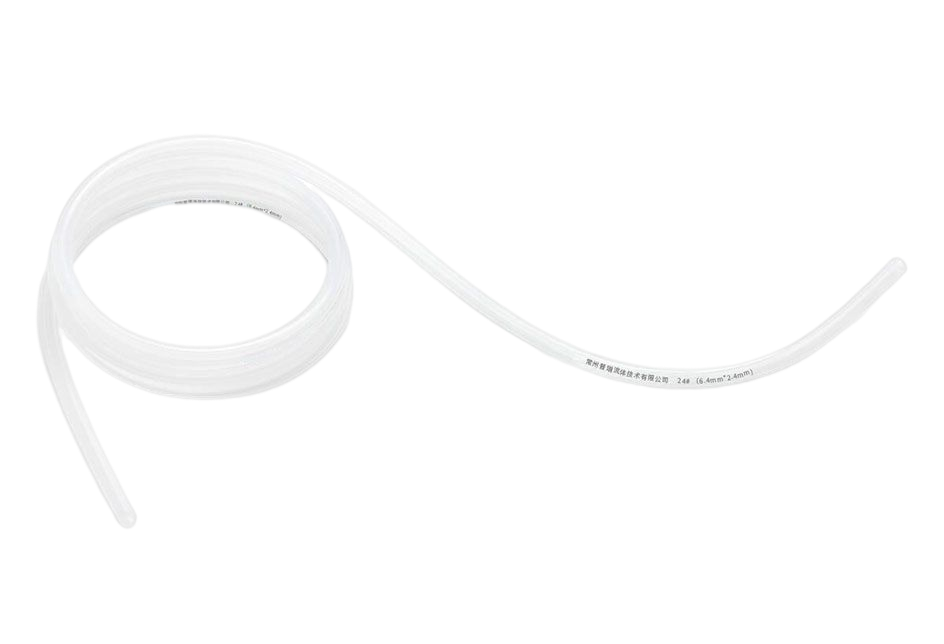Fluid pressure usually limits the ability of peristaltic pump tubes to transport pressure fluids. Most peristaltic pumps use unsupported tubes.
Fluid pressure usually limits the ability of peristaltic pump tubes to transport pressure fluids. Most peristaltic pumps use unsupported tubes. This pump line has a pressure limit of 2 to 3 bar (30 to 45 lb/bungalow inch). Some large pumps on the market use support tubes (with braided layers). Pump lines soaked in lubrication can withstand pressures of up to 15 to 20 bar (300 lb/bungalow inch).
The ability of different peristaltic pumps to withstand repeated rolling of rollers is also different. In general, the service life of a pump tube depends on a combination of the specific pump tube size, pump tube material, pump head type, and operating speed. The service life of the pump tube or the deflection yield limit in the pump are the primary considerations for new applications. Nowadays, thermoplastic synthetic rubber is used in systems (TPE), and it is common for pump tubes to have a service life of more than 500 hours.
In specific applications, the pump performance is very stable. The selection of pipelines with high bending energy resistance, the use of thicker pipe walls, the selection of larger pumps and lower operating speeds can maximize the use of pump tasks.


